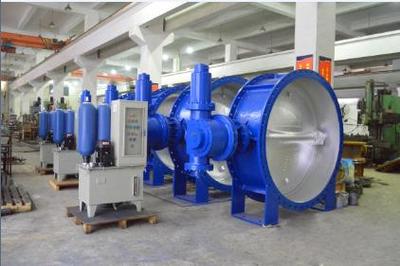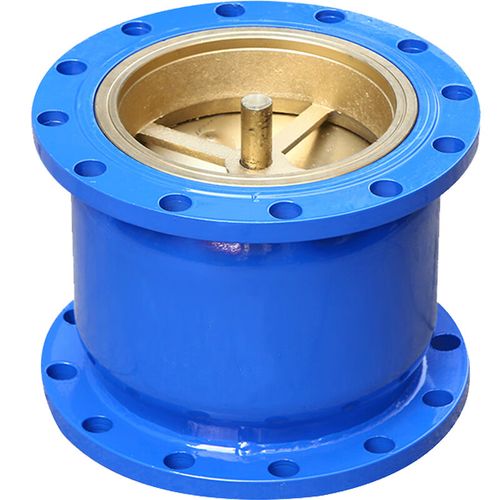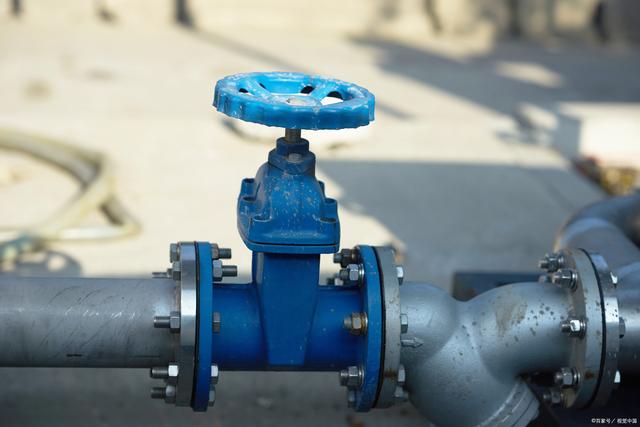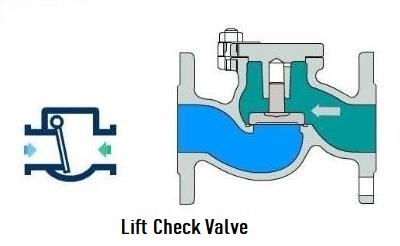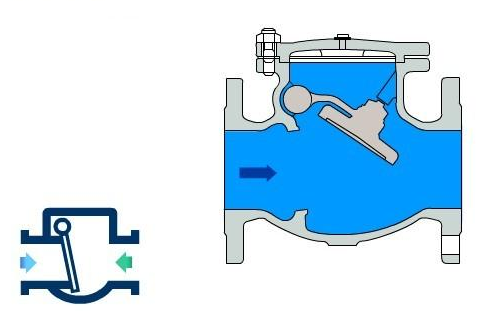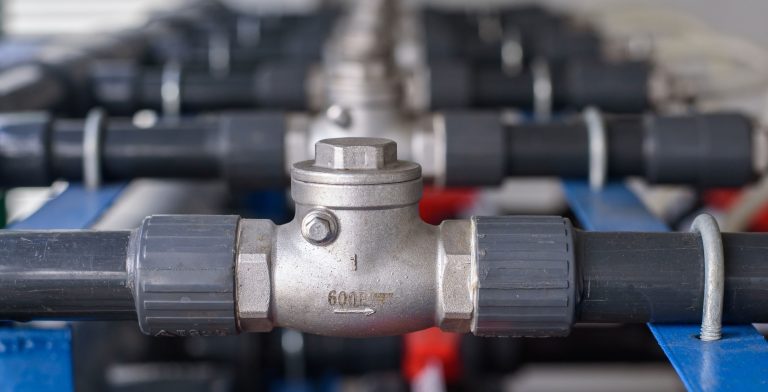An Overview of Swing Check Valve.
Ⅰ.What is a swing check valve?
The swing check valve is an automatic valve that realizes one-way flow control through the rotation of the valve disc around a pin. It is widely used in fields such as petroleum, chemical engineering, power, and water treatment. The following is a detailed analysis of its operation principle, structures, performance advantages, and application scenarios.
The main components of swing disc check valve include the following:
Body: Provides a fluid passage and is designed in a streamlined shape to reduce resistance.
Disc: Circular or disc-shaped, connected to the valve body through a rocker to achieve rotation around the pin.
Rocker: Supports the valve disc and controls its movement trajectory to ensure a tight fit with the valve seat when closed.
Valve Seat: The contact surface with the valve disc is surfacing welded with hard alloy (such as Stellite alloy) to improve wear resistance and sealing performance.
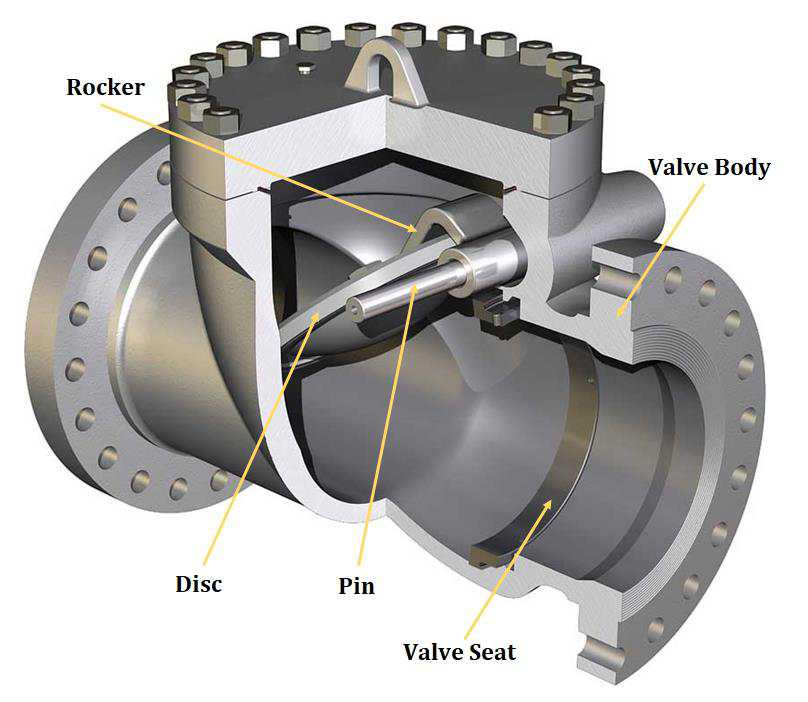
Ⅱ.How does a swing check valve work?
How does a swing check valve function? The core concept of the swing valve function is the rotational movement of the valve disc:
During forward flow: The pressure of the medium pushes the valve disc to rotate around the pin, the valve opens, and the fluid passes through.
During reverse flow or when the flow stops: The valve disc quickly closes under the action of its own weight, spring force, or the pressure of the reverse flow of the medium, preventing the medium from flowing backward.
Closing characteristics: The valve disc has a short stroke and a fast closing speed, which can effectively reduce the water hammer. However, large-diameter valves may generate impacts due to inertia.
Ⅲ.Types of the swing check valve.
Classified by the number of valve discs, there are check valve of single-disc (small and medium diameters), double-disc (large diameter), multi-disc (ultra-large diameter).
Classified by the connection form, there are check valve with flange connection, wafer connection and welding connection.
Classified by the sealing form, there are metal seal (high temperature and high pressure) and soft seal (low temperature and low pressure) check valves.
Ⅳ. Swing check valve performance advantages.
Low resistance design.
The flow channel is streamlined, and the pressure loss is small when the medium passes through, making it suitable for large flow systems.
Strong adaptability.
Installation direction: It can be used in horizontal, vertical, or inclined pipelines. However, when installed vertically, the influence of the self-weight of the valve disc on closing needs to be considered.
Medium compatibility: Materials such as stainless steel, carbon steel, and alloy steel can be selected, and it is suitable for various media such as water, steam, oil products, and acid and alkali solutions.
High reliability.
Sealing performance: The metal-sealed valve disc is resistant to high temperature and wear, and the soft-sealed valve disc provides zero leakage protection.
Service life: Key components (such as the valve disc and valve seat) are surfacing welded with hard alloy to extend the maintenance cycle.
Convenient maintenance.
With a modular design, components such as the valve disc and rocker can be replaced individually, reducing maintenance costs.
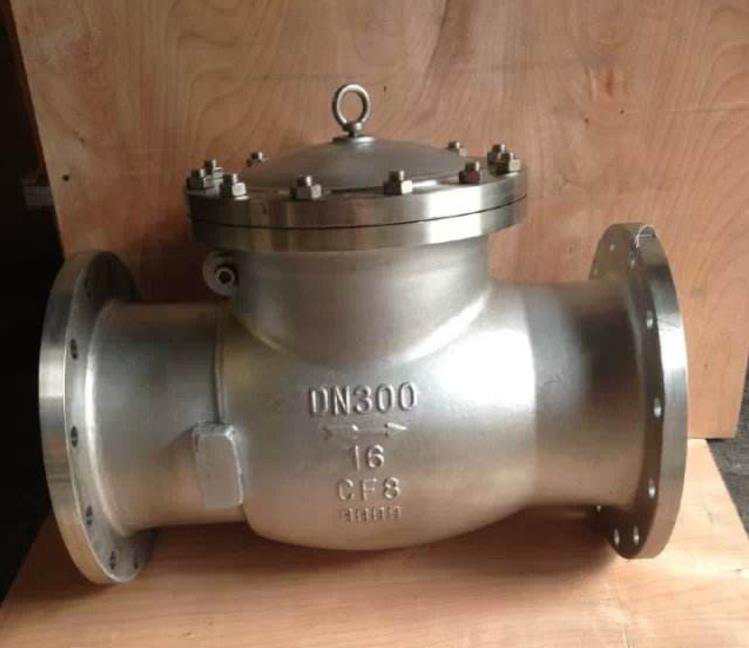
Ⅴ.Application scenarios of swing check valves.
- Petrochemical Industry: In crude oil transportation pipelines, refining units, and the inlets and outlets of storage tanks to prevent safety accidents caused by the reverse flow of the medium.
- Power Industry: In the boiler feed water system and the condensate water circuit of the steam turbine to ensure the one-way flow of steam and avoid equipment damage.
- Water Treatment: At the outlet of the pumping station and in the water supply pipeline to prevent the water hammer from impacting the pipeline and equipment when the pump stops.
- Offshore Engineering: In the pipeline systems of offshore platforms and ships, it can adapt to high salinity and high humidity environments and prevent seawater from flowing back.
Typical cases of swing check valve application.
In the atmospheric and vacuum distillation unit of a refinery: A double-disc swing check valve (DN300, PN16) was used. After replacing the original lift check valve, the system pressure loss was reduced by 30%, and the water hammer phenomenon was significantly reduced.
In the condensate water system of a nuclear power plant: A multi-disc swing check valve (DN800, PN25) was selected. The split design of the valve disc effectively disperses the closing impact force, ensuring the stable operation of the valve under high-frequency start-stop conditions.
Ⅵ.Considerations for selection and installation.
Keys for selection.
Caliber Matching: Select the valve caliber according to the nominal diameter of the pipeline to ensure the flow demand.
Pressure Rating: Select the pressure rating of the valve body according to the working pressure of the system (such as PN10~PN420).
Temperature Range: Confirm that the medium temperature is within the allowable range of the valve body material (-196°C~540°C).
Sealing Requirements: Select the metal or soft seal form according to the corrosiveness of the medium.
Installation suggestions.
Flow Direction Marking: Ensure that the arrow direction of the valve body is consistent with the flow direction of the medium.
Vertical Installation: If vertical installation is required, it is recommended to select a model with spring-assisted closing to avoid leakage caused by insufficient self-weight of the valve disc.
Bypass Design: Large-diameter valves can be equipped with bypass valves to balance the inlet and outlet pressures and reduce the opening resistance.
Ⅶ.Conclusion
Relying on its low resistance, high reliability, and wide adaptability, the swing check valve has become an indispensable one-way control device in industrial pipeline systems. Through reasonable selection and standardized installation, the safe operation of the system can be effectively ensured, and the service life of the equipment can be extended. In working conditions with high pressure, large flow, or corrosive media, it is recommended to give priority to selecting swing check valves with metal seals and damping devices to balance performance and economy.

